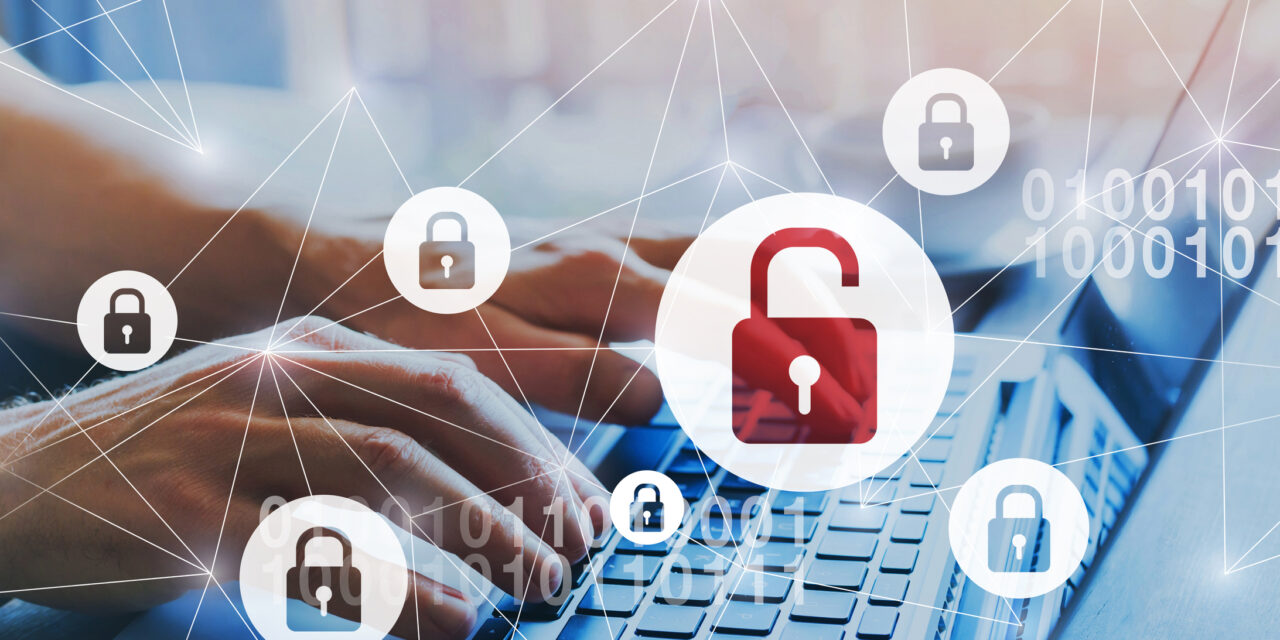Now that things are shifting, many firms are wondering if it’s worth keeping all those live and self-paced virtual learning sessions, or if there should be a return to in-person sessions.
As we enter a new phase of “back to work,” we are facing completely new norms and a rapidly evolving workforce. Several trends that started gaining popularity in 2020 are at play (e.g., remote work, hybrid office, flexible hours), and for companies to stay afloat, they must navigate them all. Employers must adapt by creating positive, flexible, and collaborative environments tailored to the needs of today’s worker.
Many workers enjoy the flexibility and convenience of working remotely, however have recognized that it doesn’t fully replace in person work. For many employees, one or two remote days may ease things by promoting work life balance and containing commuting costs without sacrificing all the benefits of an office environment.
Online learning is here to stay. Synchronous, Asynchronous, Mobile, Micro, Blended, Virtual Reality, Video, Podcast. Which learning modality is best for your firm? The answer may be any or all of these – provided it’s DYNAMIC.
Moving on from this past year during which many companies, along with their employees and contractors, hunkered down to the reality of a remote workforce ̶ a model that many did not think would survive past the pandemic ̶ many workers seem to be resolving that they will not go back to the office.
The rapid shift of training to online formats as a result of the pandemic led many organizations to hastily repurpose instructor-led classroom content that was, in many cases, not intended to be delivered via online platforms. Recognizing that something more permanent was needed moving forward, Learning and Development (L & D) teams have begun to reimagine their corporate learning programs to replace these make-shift classes, as well as to more effectively meet the needs of today’s learners.
The past year has brought about many changes in our lives, both at work and at home. For those of us who have been working remotely, the two have become co-mingled making it difficult to turn off work at the end of the day. For this reason, it is especially important to prioritize taking care of yourself by planning and scheduling time throughout your workday to focus on key areas of well-being.
Online learning has been around for several decades and, now more than ever, has become the learning medium of choice (and necessity, due to Covid19).
Companies have been embracing the digital transformation movement for some time now. The COVID-19 pandemic has accelerated that transformation by six years according to some estimates.
Since the pandemic hit the U.S. in early 2020, companies and academic institutions have scrambled to shift their classroom learning to remote or “online” delivery. Some have done a better job than others depending on the adaptability of both their content and resources.














